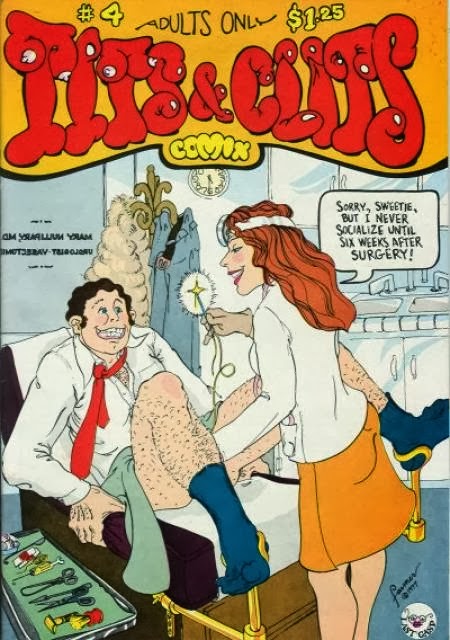Women in comics! Yaaay! For me, I was always reading comics aimed at women and girls from the beginning. I read Archie for a long time, before discovering manga, and the kind I read was almost exclusively written and illustrated by women. Largely because of manga and webcomics, I grew up thinking that women in the comics industry were everywhere.
Eventually I discovered that a lot of mainstream comics (particularly Marvel, DC, and “classic” comics) here in the U.S were male-dominated. Walking through the aisles at the comic/gaming stores, its pretty obvious that these comics aren’t made with me in mind. I see a lot of covers that feature women in skin tight costumes and spine-breaking positions, ensuring that I never pick it up. When I open these kinds of comics, the few female characters that exist are stereotypes with no personalities, and seemingly exist as eye candy for male readers. Of course, not all comics by men are like this, but there is definitely an abundance that seem to try and exclude any other audience except for straight white males.
In my experience, comics made by women are more inclusive and sensitive to fact that many different types of people read comics and need to be represented.
This week I read Skim (for the twentieth time) and it remains one of my absolute favorites. I think it’s a great example of the strength writing in combination with pictures has. It helps that there’s a writer and artist team, and each is very talented in their own right. The story is great, I love the diary aspect of the writing. It explores some problems a lot of teenagers go through, but with some interesting elements. Falling in love with your teacher, fitting in at an all-girls school, getting sick of lame friends, and of course the super cool hobby of practicing Wicca.
Like we talked about in class, the day is fast approaching where “women in comics” won’t be a big deal, because we’ll have been integrated into the community for so long it’ll be like we were always there (and we were!).
EXPANDED:
In addition to Skim, I've also read Anya's Ghost multiple times. This is another comic that any teenager can relate to, but girls especially. Like when she's at the party and suddenly boys talk to her just because they can see her cleavage, and the parts where Emily starts to derive her personality from magazines, and gives Anya advice on changing herself to be whatever boys want her to be. The story is also super creepy and I thought about it all day after I read it. This book it yet another example of the prowess women demonstrate in comics. The art style is fresh and animated, and the story is easily accessible to any audience.
I've had male friends be surprised at my interest in comics. In reality, I think women read them just as much as men do, but there's still this stigma that its just something girls aren't interested in. Granted, Marvel and DC comics are SO not my cup of tea, but that's because they aren't written with a female audience in mind, and I guess that's what everyone thinks of when they think of comics. I think we teach girls from a young age that comics, video games, and anything involving action or sci fi is for boys only. Nowhere in our DNA does it say that girls will like shopping and boys will like video games. We are not born knowing pink is for girls and blue is for boys. These things are conditioned in us since day 1, and so many girls grow up not being interested in comics because they honestly don't believe they can be. But guess what? Girls are just as visual as boys are. Girls like good stories just like boys do. And girls need to be represented in comics, and represented in non-offensive or degrading roles that teach readers that women are to be respected and admired in the industry.












